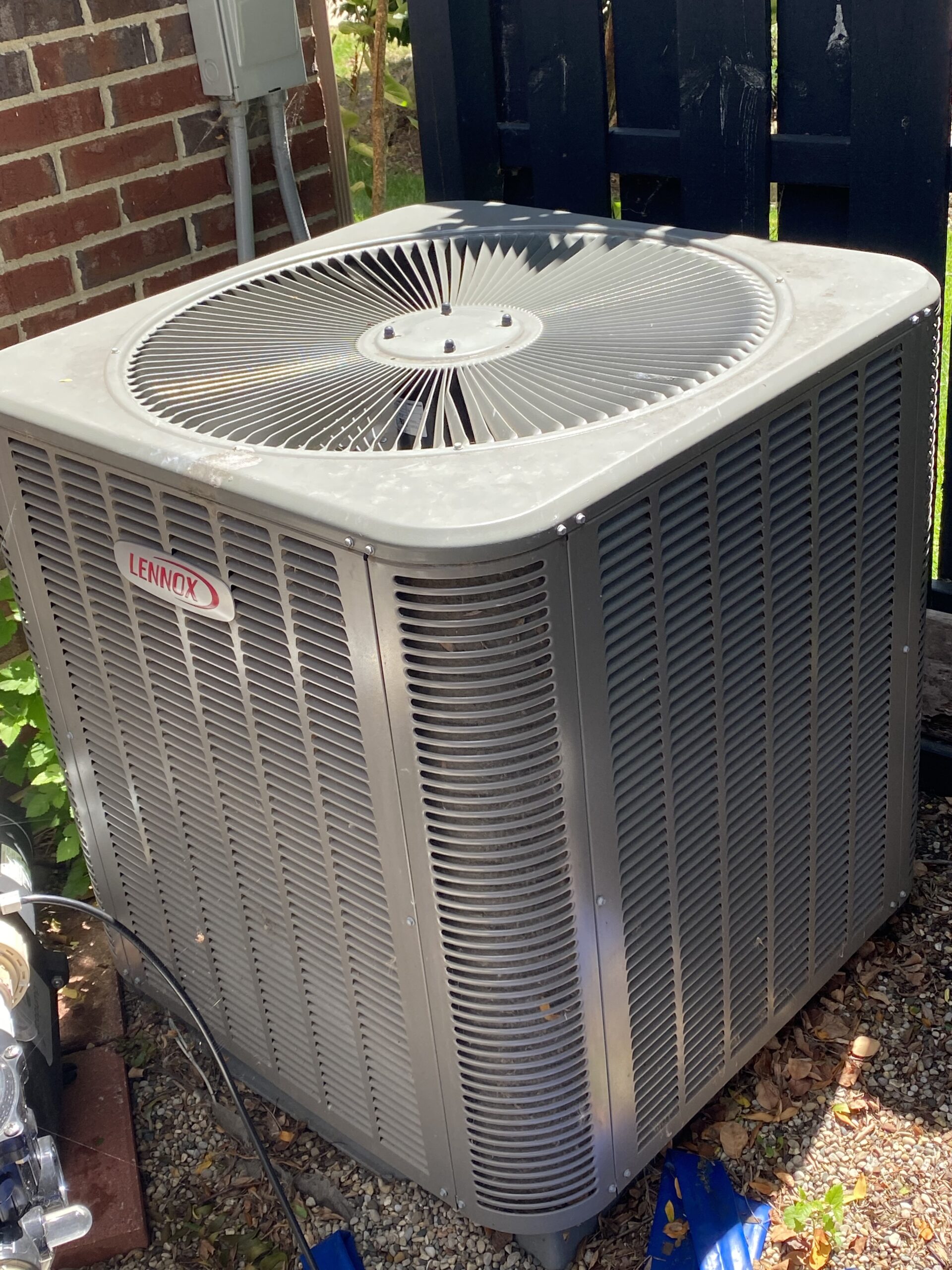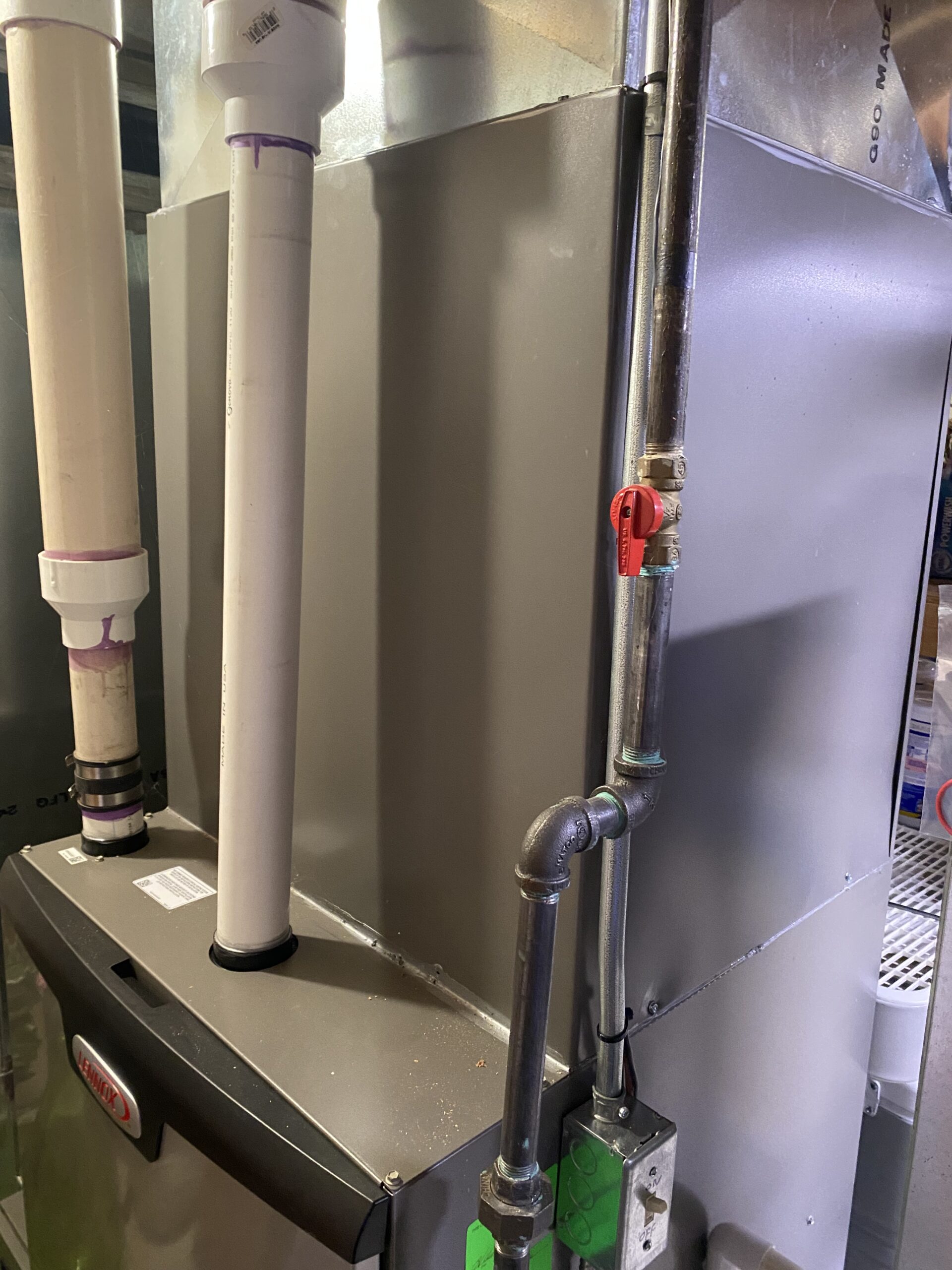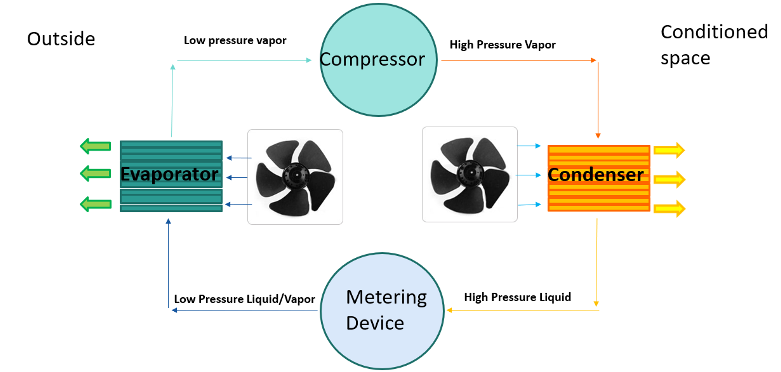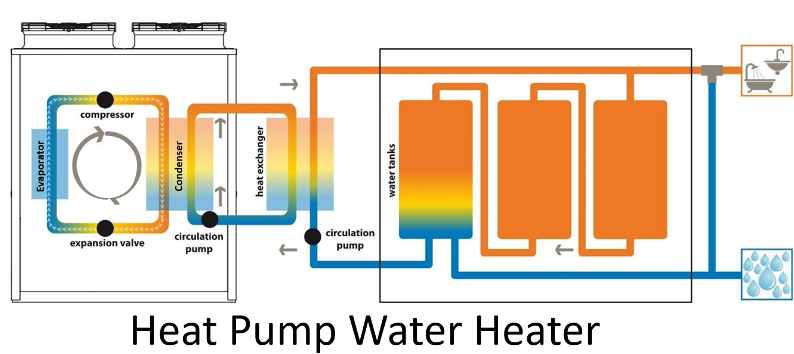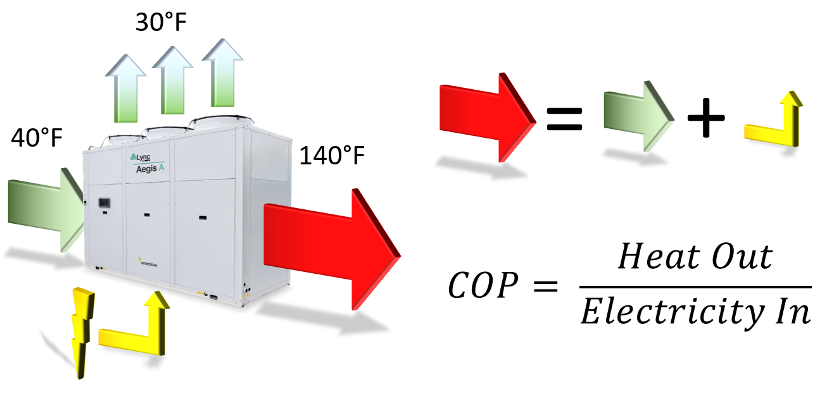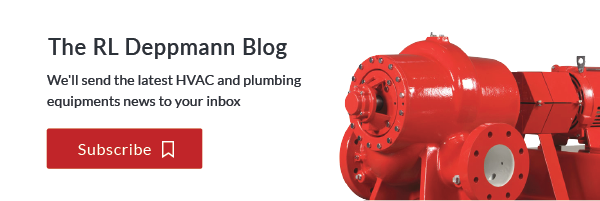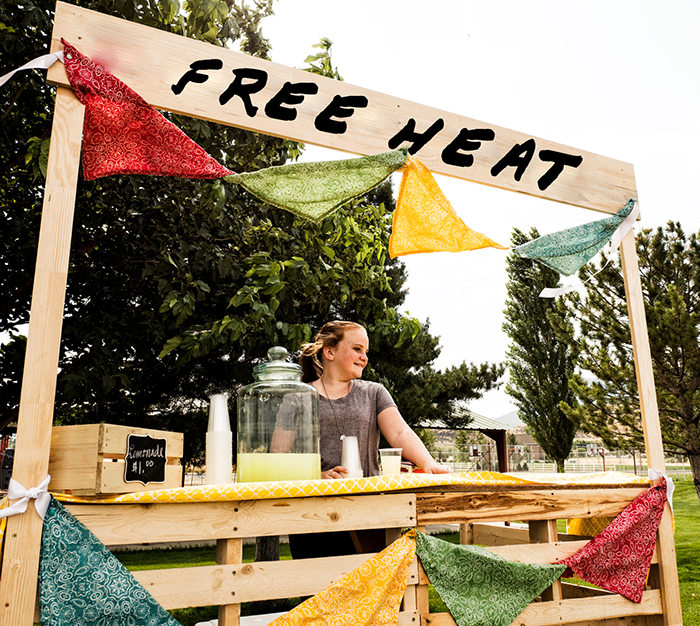 Heat pump water heaters have a place in the decarbonization efforts by building plumbing designers, contractors, and engineers. Heat pumps have been part of the HVAC industry for a long time. How are heat pump water heaters different from HVAC? How do heat pump water heaters work?
Heat pump water heaters have a place in the decarbonization efforts by building plumbing designers, contractors, and engineers. Heat pumps have been part of the HVAC industry for a long time. How are heat pump water heaters different from HVAC? How do heat pump water heaters work?
Many people may glaze over when I explain heat transfer. In heat transfer, heat will naturally move from an area with more heat to an area with less heat. It does not matter whether the “more heat” area is hot or cold. It only matters that the “less heat” area is colder than the “more heat” area. So, in the winter if your garage is 20⁰F and the outside temperature is 5⁰F. When you open the door, “heat” will leave the garage to the outside air. This becomes important when we talk about heat pump water heaters.
Does Anyone Question How the House Gets Cool?
I find it interesting that many people who are not in the plumbing and HVAC industry are puzzled by the concept of heating water with lower temperature air. These same people enjoy their air conditioning and rarely question how they get a 72°F house when it is 90°F outside. They trust the “packaged unit” will do the job. Just how do they work?
There are two heat exchangers with refrigerant circulating between them. One is on top of the furnace. It cools the air returning from the rooms by giving up heat, through the coil, to the refrigerant in the coil. The other heat exchanger is outside, and you feel warm air blowing off the condenser as the refrigerant gives off heat. How does the refrigerant get so hot that it can give off heat when it is 90⁰F outside? That is where the refrigeration cycle comes in.
The whole thing works because the refrigerant mostly follows a simple rule. When the refrigerant pressure is up, the temperature is up. When the refrigerant pressure is extremely low, the temperature is extremely low. An example is the refrigerant R-410A. If the pressure is 300 PSIG, the temperature is 95°F. If we use some equipment to reduce the pressure to 26 PSIG, the temperature will drop to -20°F. We can use that cold refrigerant to cool the house or even food in a refrigerator.
Heat pumps in HVAC use the same idea to heat or cool houses. There are many online sources to delve into each component inside of the packaged unit. We will assume the reader now understands the basic concept without describing each component in the packaged system.
How Does a Heat Pump Water Heater Work?
A heat pump water heater acts like the AC but in reverse. The goal is to heat water using cooler air.
Some heat pumps are designed to heat water using the same refrigeration cycle shown above. When using heat pumps to heat water, storage for the heated water will be needed. Instead of the heat being pulled from outside air and transferred to a conditioned space, the heat is transferred to water. This water is then stored in tanks until hot water is needed. Some heat pump water heaters will take advantage of an external heat exchanger to control flow to maximize heat transfer, and to protect the heat pump itself from the rigors of an open-loop system.
The water in the tanks may cycle back through the heat pump when there is little to no demand to help maintain the users desired water temperature, which is known as multi-pass operation. Other heat pumps may be able to achieve the desired setpoint by passing through the heat pump a single time, known as single-pass operation. We will talk a bit more about this in a later R. L. Deppmann Monday Morning Minutes.
Coefficient of Performance – Exceeding 100% Efficiency
Often, we hear about heat pumps and efficiencies over 100%. This can be a challenging thing to understand so here is a brief explanation.
Air source heat pumps get their energy from two sources: electricity and the air around us. We use the electricity input to run the equipment in the packaged heat pump. We use the air or water source to provide thermal energy. We can think of this thermal energy as being free. It helps provide the hot water, but we do not pay for it.
It may help to think of an electric water heater. The electric water heater uses electricity to power the controls and internal pump and safety devices. This is power to run the equipment. The electric water heater also uses electricity to heat the water. The thermal energy used is much higher than the electricity used to run the equipment.
In a heat pump water heater, there is no electricity used to heat the water. This thermal energy is extracted from the air or water source. It turns out that for every kW of electricity put into the heat pump, you get two to six “kW” of thermal energy out. The term efficiency would not make sense, so we use the term coefficient of performance or COP.
It is important that the air or water source is free. If it is not, then the COP term cannot be used. The Lync by Watts water heater package shown in the diagram above will have a COP of between two and six depending on the air temperature and load. We thank Lync by Watts for the use of some of the representations shown in this series of articles.
So, the heat pump water heater pulls heat out of the air and uses that heat for the domestic water. The amount of electricity used per BTUH is a fraction of that of an electric water heater. This results in a “COP” of 2 to 6. How hot can we get the water when it is cold outside? We will address that when we look at refrigerants in the next R. L. Deppmann Monday Morning Minutes.
Part 1: Heat Pump Water Heaters: The Road to Decarbonization

